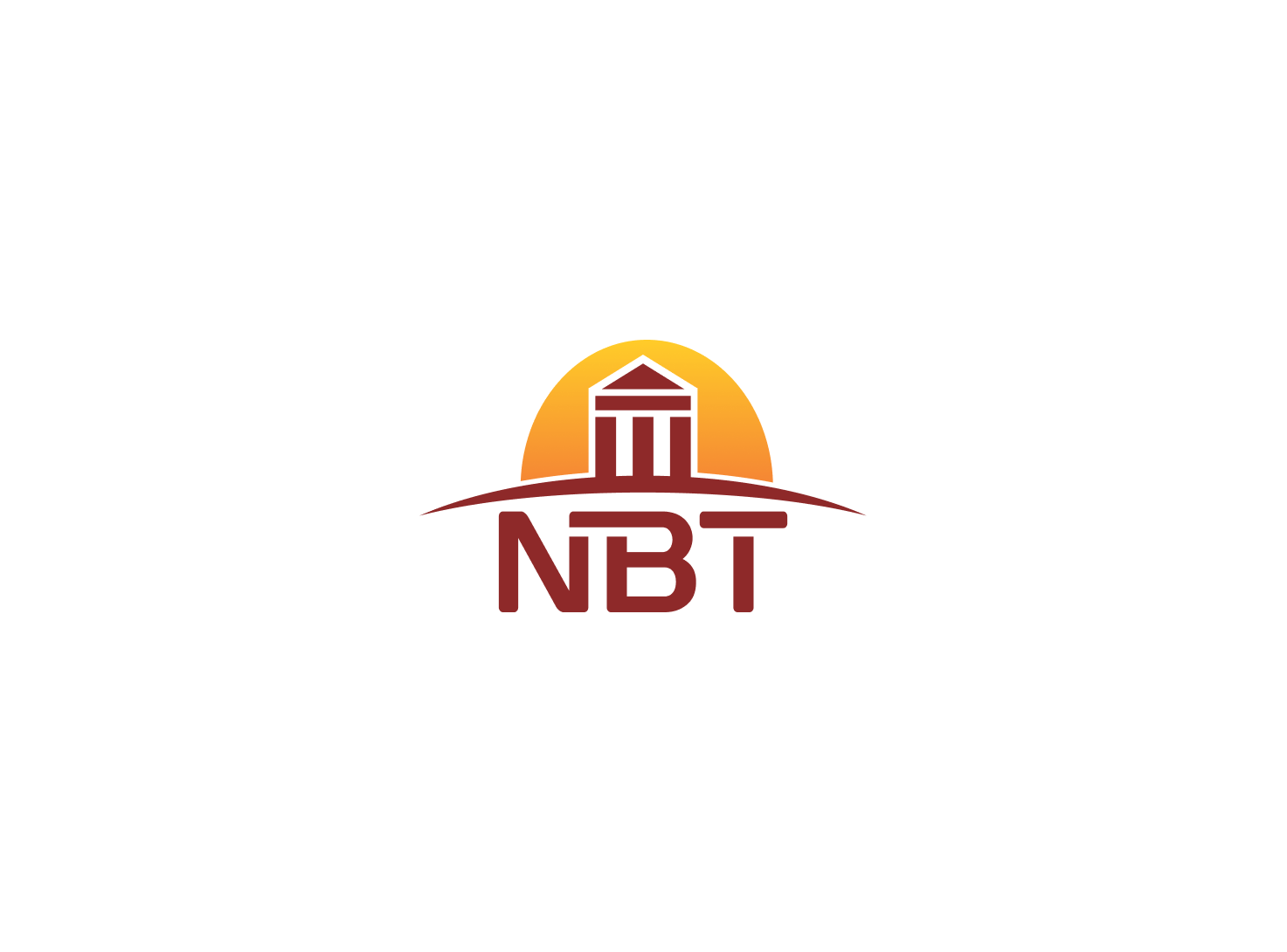
Tashkent, October 6, 2025 – The international conference “Central Asia Drinking Water and Sewerage Services,” which brought together leading experts from Central Asia, Europe, and the Middle East, took place at the Hilton Tashkent hotel. For three days, the capital of Uzbekistan became a platform for discussing strategies to modernize the region’s water supply and sanitation systems, where rapid urban growth and climate challenges demand urgent solutions.
The conference was organized by the World Bank Group (WBG) in conjunction with Uzsuvta’minot JSC and the Swiss State Secretariat for Economic Affairs (SECO), with support from international partners. One of the central events of the first day was Session 3 – “Effective Management of Sewerage Networks and Wastewater Treatment.”
“Today, it is important not only to modernize existing systems but also to implement innovative technologies that will help reduce the burden on the environment, ensure the safety of water resources, and improve the quality of life for people,” emphasized Madina Khalmirzaeva, the Session Moderator and an international environmental expert.
The necessity of consolidating efforts among the government, the private sector, and international organizations to implement energy-efficient technologies in the wastewater sector was noted by J. Atakhanov, Head of the Financial Department at Uzsuvta’minot JSC.
Timur Mirsaidov, Head of Department at Uzsuvta’minot JSC, presented the results of the company’s work and demonstrated the effectiveness of the implemented measures to modernize sewerage networks and improve the quality of wastewater treatment in Uzbekistan.
The report by Muattah Khalifa from TAQA Water Solutions (Abu Dhabi) garnered particular attention from the participants. He presented the capital emirate’s experience in creating STEP, one of the world’s largest centralized sewerage systems, which includes deep gravity collectors and powerful pumping stations, as well as independent treatment facilities ISTP2.
Thanks to these projects:
• more than 35 old pumping stations were decommissioned;
• carbon footprint and operational risks were reduced;
• up to 80% of wastewater is reused for irrigating green spaces, cooling, and industrial use.
The network, stretching over 13,600 km, collects and processes 1.34 million m³ of wastewater daily, returning up to 1 million m³ of treated water back into the distribution system.
Another key topic was the potential of wastewater as a source of energy and secondary resources. The Abu Dhabi example showed that modern technologies allow for the production of up to 11,000 m³ of biogas per day and the effective use of dry sludge for the production of fertilizers and energy.
Abdulloh Tuzul (Alkatas, Mesmer East) presented their joint experience in implementing treatment facilities in the region. According to him, competent design at the start can reduce operating costs by 80% over the facilities’ life cycle. “Design once, operate for decades,” the expert reminded, emphasizing the importance of adequate calculations for input and output parameters. He also highlighted problems:
• Hydraulic overload due to infiltration of groundwater and stormwater;
• Industrial discharges that increase chemical oxygen demand and often disrupt biological treatment processes;
• Overly strict discharge standards requiring costly membrane and oxidation technologies.
Based on his research, the expert noted that the solution could be the implementation of pre-treatment of industrial wastewater at the source and a transition to energy-efficient equipment. For instance, optimizing aeration—the largest consumer of electricity (up to 70% of station OPEX)—can significantly reduce costs.
Specialists noted the need to abandon labor-intensive methods, such as sludge drying beds, in favor of centrifuge decanters. This not only reduces labor costs and improves sanitary conditions but also enhances the operational stability of the stations.
The final report was presented by Ahmed Demir, General Director of KOSKI (Konya, Turkey), who discussed a successful model for urban sewerage management and the implementation of smart monitoring systems that minimize losses and operational risks.
The session concluded with a productive panel discussion involving representatives of international financial institutions, government agencies, and the business sector. Participants agreed: the future of sustainable water infrastructure in Central Asia depends on the implementation of digital monitoring systems and automated management, which cut costs and help control discharge quality.
The international conference continued until October 8 and has already demonstrated the importance of open dialogue among the government, the private sector, and international partners.
For the business community, this session served as a clear example that wise investments in innovative wastewater technologies yield not only environmental but also economic benefits, paving the way for the sustainable development of Central Asian regions.
